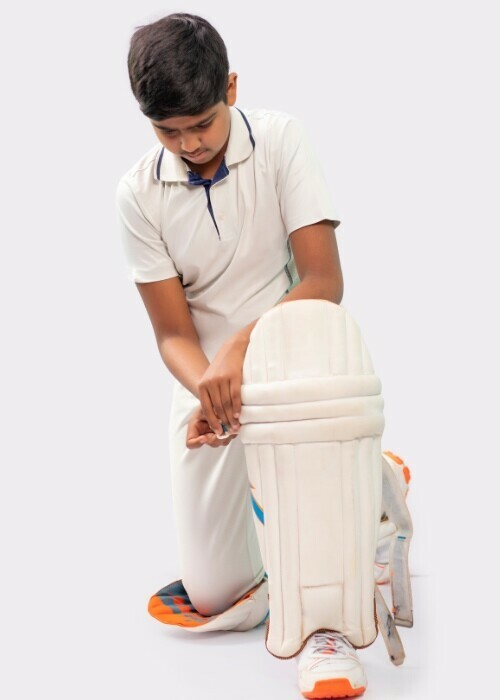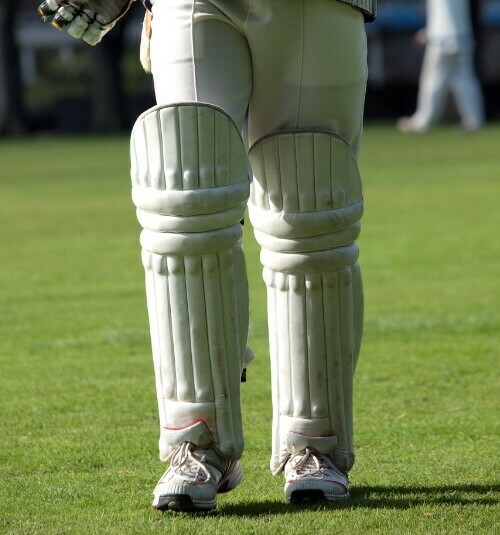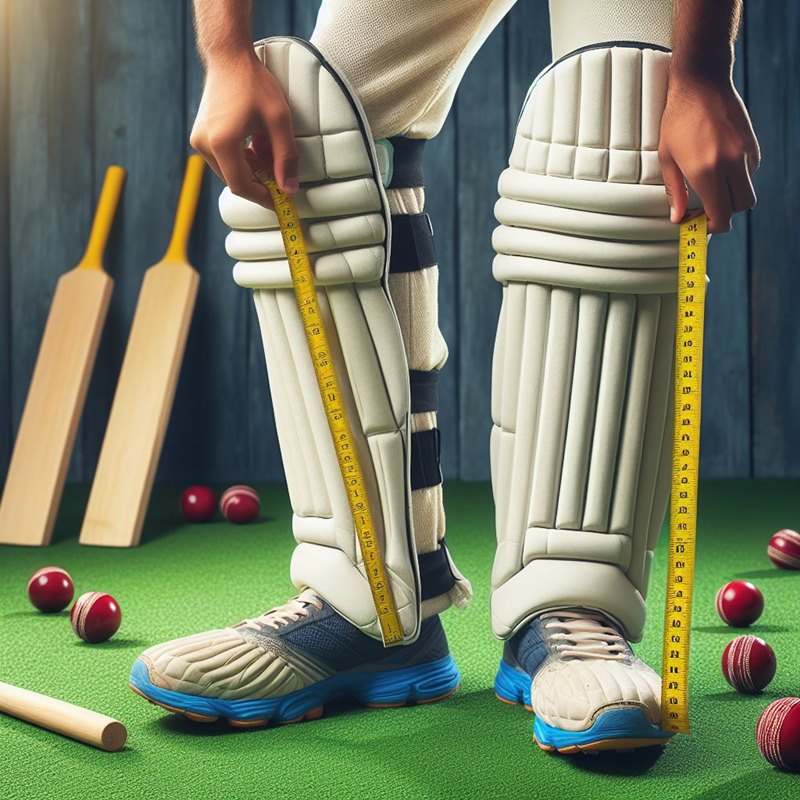We continue with our series of selecting the right size of cricket gear. We started with the cricket bat and learning how to determine the best size and weight of cricket bat. And we continue now with cricket pads.
Now, it’s important to know that selecting the right cricket pads is more than just a matter of comfort; it is also about safety and performance. Everyone who has ever played a game of cricket knows just how important cricket pads are in terms of keeping your legs safe. Just imagine facing up to Pat Cummins or Mitchell Starc when they are steaming in at full pace, and realising you are not wearing pads.
So, no one’s disputing the reason for having pads. The question is, what size of pads should we be looking for, whether you are a parent of a child growing up in cricket teams, or you are an adult in friendly, and perhaps not-so-friendly matches?
While the fundamental purpose of cricket pads remain constant, the criteria for what constitutes an ideal fit can vary as a player grows taller and becomes a more seasoned and skilful player. Size matters, but it is not everything, because, as a batter, you still have to be able to move, play shots, and take quick runs, all while having freedom of movement.
Buying pads for young growing cricketers present unique challenges. Your goal should be to find a pair of pads that accommodates the young one’s growth yet still allow them optimal protection, comfort and complete freedom of movement.
Starting Small: Choosing the Right Pads for Junior Cricketers

When it comes to buying pads for junior cricketers, buying the correct fitting and proper sized batting pads should not be a detail that you gloss over. Ill fitting pads can hamper movement and negatively hamper a young player’s technique. This may, by extension, affect their love of the game, and may cause them to become disillusioned with the sport and their future in the sport.
The correct size of cricket pads is primary determined by the height of the player. Whereas with shorts and shirts, you might allow your growing child to grow into them and thus buy a size or two larger than they need, cricket pads need to fit well right from the start.
To properly measure the optimal size of the cricket pads you need, measure from the middle of the knee cap to the the instep … that is, where the tongue of their shoe will sit. When the pad is on the leg, the knee cap will need to sit precisely in the middle of the knee roll of the cricket pad, whereas the bottom of the cricket pad will rest on, or just above, the top of the shoes. The cricket pad’s ‘top hat’ – that part of the pad above the knee roll, should then be large enough that it protects what it needs to protect, but not get in the way of playing your shots.
As mentioned before, many parents or coaches buy larger pads thinking ‘They’ll grow into it. I’ll save money later by not having to buy new pads when they get bigger.’
This is counterproductive. When pads are too big, they move around on the leg, they get in the way of the bat’s swing when playing a shot. They can even cause injury. And they’ll be so uncomfortable, your young player may not want to play anymore.
It is best to opt for the correct size of pads and then upgrade when necessary. At the beginning of the season, young players should do a quick check to make sure their pads still fit, especially if they’ve had a growth spurt.
As children often do, they grow up. As they continue to grow, it is crucial to monitor their growth and adjust pad sizes accordingly. It might be time to buy new pads when the knee roll begins to sit too low on the leg, or if they have discomfort when running. All you need to do is perform another measurement of their leg and upgrade to the optimum sized cricket pad.
Moving up the Order: Transitioning to Adult Cricket
As teenagers often do, they grow up too. When young players move into the senior ranks, they will need to reassess their equipment. That goes double for cricket pads.
The first clue that a change is required is the same one used to determine, as a youngster, you had grown too much for your current set of pads. The simple size test. If the knee roll on the pad doesn’t align with your knee cap, the pads are too small. Another sign is whether the straps don’t fit comfortably around your legs as they used to. Or perhaps the protective coverage of the pads, both side-to-side, and above the knee roll, no longer feel adequate.
It’s likely it’s time to change to adult cricket pads.
Because every player’s body is unique, fitting for cricket pads isn’t a one-size-fits-all scenario. A more tailored fit might be necessary for some people. Things like straps can be adjusted, some padding can be removed; all of this provides a fit that is more suited to you as a person.
Pro-Level Play: Sizing Cricket Pads for Adult Professionals

Making the correct choice in which pads you wear as an adult is crucial for your protection and to improve your performance. Adult players are facing faster bowling than junior or teenage players, and so require pads that offer even more robust protection … all while ensuring they are still mobile enough to perform the quickest of quick singles.
To achieve this you might need to look for materials that strike a balance between strength and lightness. Foam padding combined with reinforced fibre, particularly around the knee roll area, can offer the protection needed against high-speed deliveries.
Every player is different. A tall player will require different sized pads to smaller players. Those players who never skimped on leg day at the gym will require different pads to those players who were called Mr Stringbean-legs during high school. Many professionals will attest to the benefit of trying on multiple pad designs to find the best match.
It is also wise to, every now and again, reassess your pad sizing. Factors such as changes in fitness, weight, or a different batting technique could mean that pads that were perfect one season don’t quite cut it the next.
And finally, a coach or an experienced player can give you valuable insight. Don’t be afraid to ask for guidance.
Do you have any pad related horror stories from your cricketing days? Chuck them in the comments. We would love to hear them.

